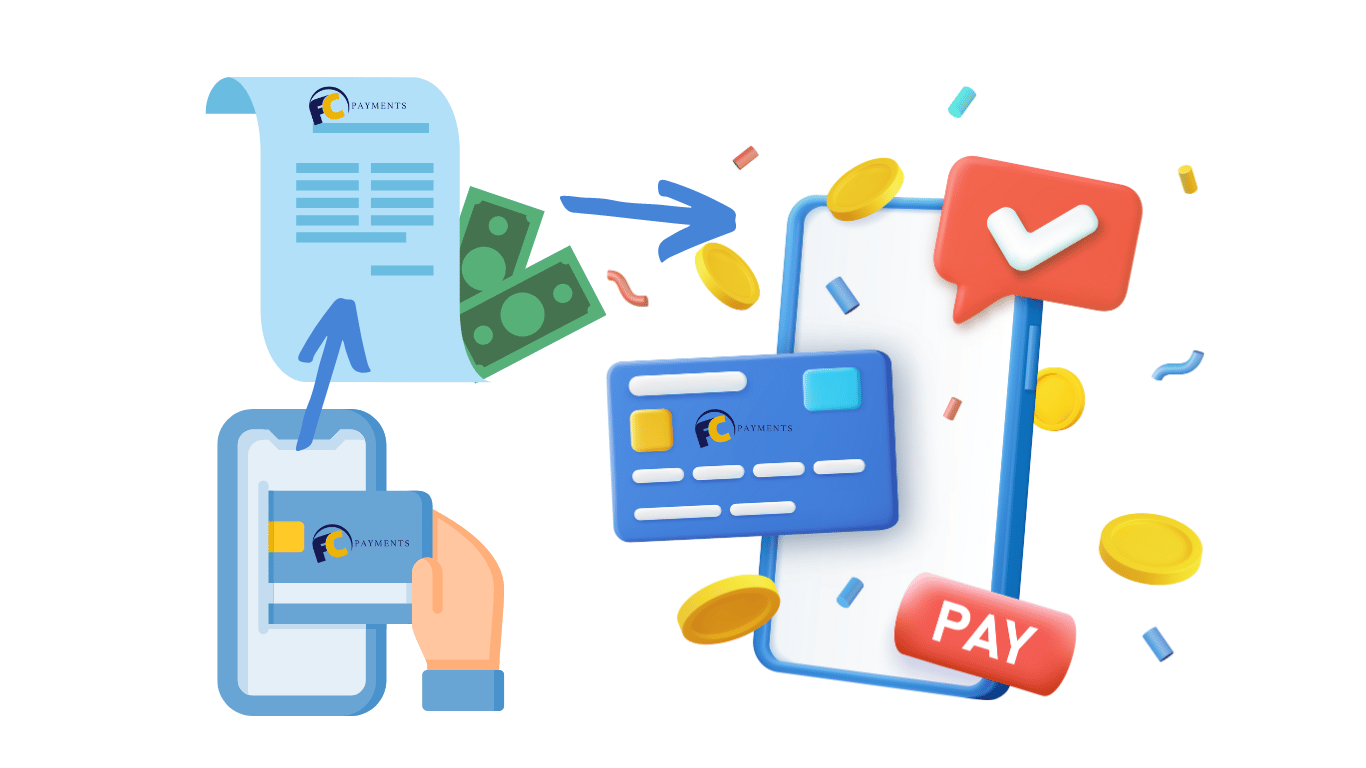
Understanding Payer Authentication: 3 Things You Need to Know (VbV/MCSC)
This article was published on March 27, 2020 and last updated on May 27, 2023.
When we look behind the curtain and into the complex world of online transactions, we delve deep into the realm of payer authentication. A vital player in the e-commerce sphere, payer authentication safeguards both businesses and customers, facilitating secure transactions. Here, we dissect the intricacies of Verified by Visa (VbV) and Mastercard SecureCode (MCSC), unlocking the potential of these security systems.
According to Zippia, there are 69% of Americans who have tried shopping online and at least 25% of them shop at least once a month. These numbers will easily tell you that online shopping is slowly taking over traditional retail shopping simply because consumers don’t have time to visit stores but they still love to shop.
So if you’re a business, you need to be familiar with how online selling works, especially when it comes to payments. Here are three things you need to know about payer authentication.
Summary:
Payer authentication, including systems like Verified by Visa (VbV) and Mastercard SecureCode (MCSC), provides a crucial layer of security to online transactions. It mitigates fraud risks, reduces chargebacks, and builds customer trust, making it an invaluable asset for e-commerce. Understanding its implications is key to navigating the complex landscape of high-risk credit card processing.
1: Defining payer authentication
Also known as MasterCard SecureCode and Verified by Visa (VbV), payer authentication is simply a set of protocols developed by both Visa and MasterCard with the goal of allowing consumers to safely shop online.
Payer authentication encompasses the security measures utilized during online transactions to verify the identity of the cardholder. By employing payer authentication, businesses diminish the risk of fraudulent transactions, fostering a safe environment for e-commerce. It’s the invisible shield that guards the financial interests of all stakeholders involved in an online transaction, from merchants to consumers.
Primarily, it includes two systems – Verified by Visa (VbV) and Mastercard SecureCode (MCSC).
These protocols, designed by Visa and Mastercard respectively, provide an added layer of security to online transactions. VbV and MCSC deploy a set of authentication processes which the cardholder must successfully complete to prove their identity. If they fail these checks, the transaction does not proceed, preventing potential fraudulent activity.
Embracing these programs into your system will reward you with lower interchange rates and chargeback protection, which are highly beneficial for your e-commerce business.
2: The benefits of payer authentication
Visa and MasterCard created payer authentication programs in an effort to help reduce fraudulent activities online and win back the trust of consumers when shopping online. It is beneficial to their business and it’s also quite rewarding for you as a merchant where you can enjoy:
- Lower interchange rates averaging 20 basis points
- Fraud chargeback protection according to the rules of Visa and MasterCard
- Higher Average Order Value (AOV)
- Reduction in fraud screening costs
- Free and automatic platform upgrades
- Brand loyalty and opportunities for international growth
Incorporating payer authentication brings numerous benefits to the table. It allows for safer transactions, mitigating the risk of fraud. This creates a trustworthy environment, encouraging customers to make purchases with confidence. Ultimately, this enhances customer loyalty, which is crucial in today’s competitive e-commerce landscape.
Moreover, payer authentication reduces the incidence of chargebacks. In cases where a customer disputes a transaction, businesses can use the successful authentication as proof, thereby reducing losses from fraudulent chargebacks.
For merchants dealing with high-risk credit card processing, understanding these situations and their implications becomes critical.
At First Card Payments, we assist businesses in navigating the complex world of high-risk merchant accounts, and payer authentication plays a pivotal role in this journey.
3: The Process
Both Visa and MasterCard use the same payer authentication process for online transactions. Each VbV and SecureCode cardholder will be asked to create a PIN or “secure code” for his credit card. When shopping online, he will be asked to key in this PIN during checkout, which will be verified by the issuing bank.
The cardholder will also be asked to provide additional information to confirm his identity.
This allows for more secure transactions and avoids fraudulent activities from stolen cards and identities. Basically, each transaction follows this path using the payment gateway:
- When the cardholder keys in his credit card information, this will be directed to the issuing bank for verification of his enrollment to the payer authentication program.
- If he is enrolled, the bank will display an authentication form that asks for his PIN after which the bank will validate within a second.
- After authentication, the transaction is processed through the payment channel and new data elements (CAVV and ECI) are submitted to show proof that the merchant authenticated the cardholder, thus allowing for proper benefits to be enjoyed.
If there are no records of an attempt to authenticate, a merchant may find it hard to prove a transaction and thus claim the benefits covered under the agreement with Visa and MasterCard.
As a business, you should always know how to take advantage of programs like payer authentication to allow your customers to enjoy shopping on your website without having to worry about their information being stolen or their card being used for fraudulent activities.
Cybersource Payer Authentication: A Closer Look
Cybersource is a popular platform offering payer authentication services, including VbV and MCSC. It provides a secure framework to facilitate online transactions, enhancing the overall payment experience.
With Cybersource payer authentication, merchants can enjoy seamless transactions with reduced fraud risks. It provides a streamlined checkout process, maintaining a balance between robust security and user-friendliness. For merchants wondering what to look for in a payment processor, Cybersource represents a reliable solution.
Unraveling MCSC in Payment
MasterCard SecureCode (MCSC) represents MasterCard’s response to the growing need for secure online transactions. It provides an additional layer of security, requiring customers to enter a unique SecureCode during the checkout process.
MCSC makes it significantly harder for unauthorized individuals to misuse credit cards, even if they have card details. With the widespread use of MCSC, merchants, especially those operating in high
We encourage all high risk merchant accounts to contact us with any questions: contact@firstcardpayments.com or call us at: (877) 441-6801.
I am passionate about delivering results and helping my clients succeed. With my expertise in SEO, branding, and marketing, I lead the agency’s efforts to create and implement effective strategies that drive business growth. Our all-inclusive approach sets us apart from other digital media companies and ensures that our clients receive the full range of services they need for online success. If you can think of it, we can build it!
Zulu Shack Creative team members thrive on momentum. Like Zulu warriors, we strive to spearhead your idea with speed and quality.
When I’m not helping my team implement new digital marketing strategies, I enjoy playing music, hosting poker nights, reading Stephen King novels, and spending time with my wife and baby daughter.
No Comments
Sorry, the comment form is closed at this time.






